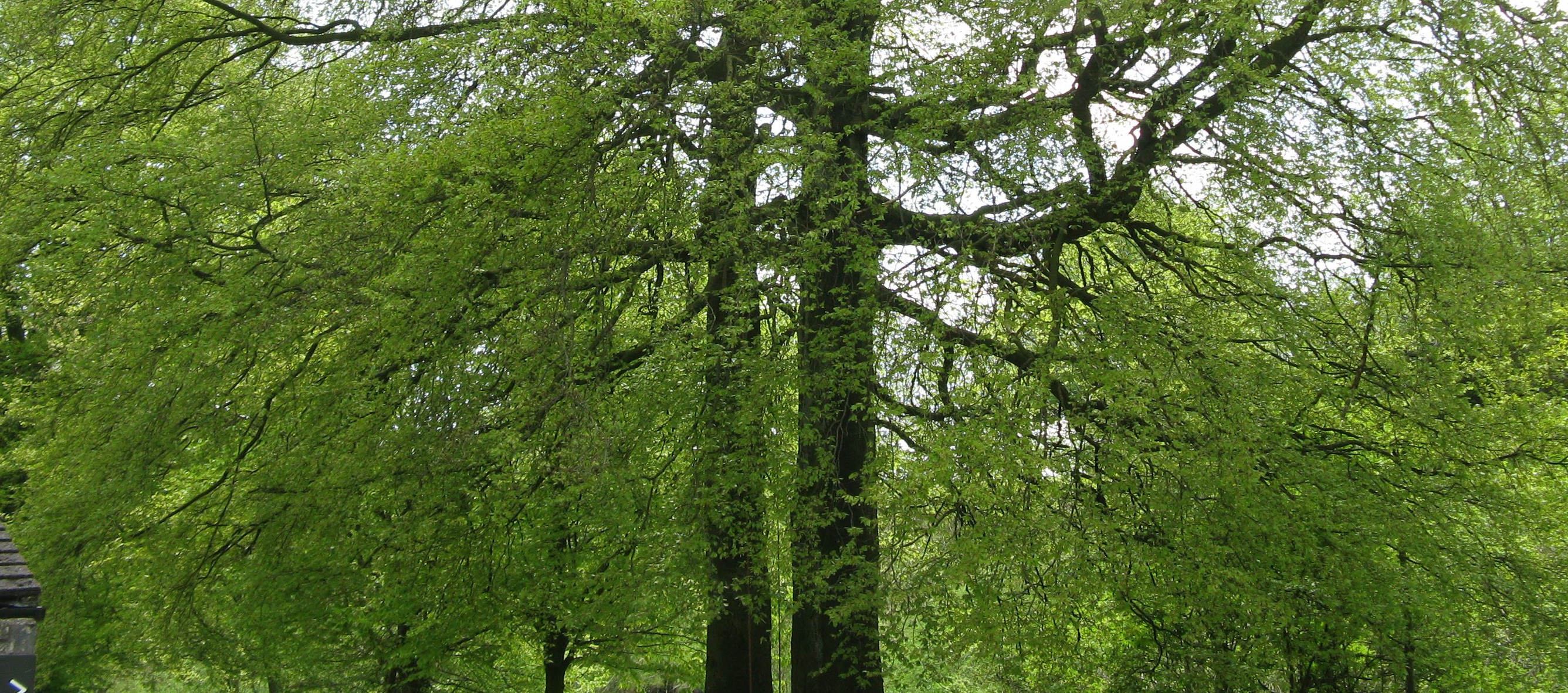When tree surveys will/might be beneficial:
1: When buying a property that includes trees which might affect the initial or long-term price due to maintenance or removal of said tree(s).
2: Tree safety surveys (anywhere where many pedestrians or motorists visit often): in public areas such as schools, on private land or on commercial areas such as car parks. This serves to prove that the landowner is fulfilling their duty of care (not being negligent) and as such reducing the risk of damage to persons and property.
3: Development surveys compliant with BS:5837, 2012 Trees in relation to design, Demolition and Construction. To be included in planning applications where trees are present. This will also include trees that may be damaged by vehicular traffic on the site and will also include trees in neighbouring properties whose roots and/or branches may be affected.
4: A Condition report, to give a idea of the state of the trees on a site. This would possibly also include a management plan: what tree work is required or if other inspections (possibly aerial) are required down the line. This would include timescales for the work required or re-inspections.
5: Management plan: More often for older trees, veterans and ancient. If retrenchment is required to keep an old tree with a lapsed pollard from failing structurally, it may be beneficial to reduce the tree in stages and perhaps help it in other ways such as removing some competition (other trees), ameliorating the soil (perhaps with an airspade) etc… to enable reducing the tree without killing it a few years down the line.


